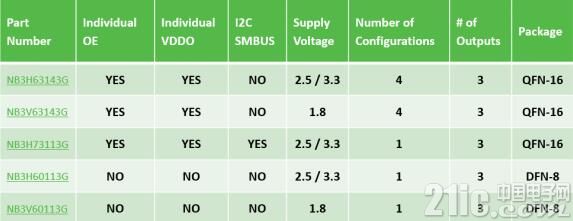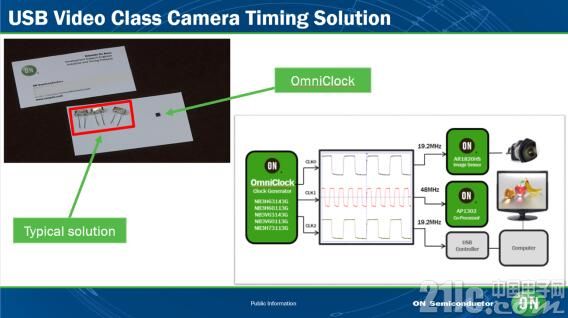Nowadays, many applications have become more and more demanding for timing solutions. Devices ranging from small peripherals and dongle to camera modules and wireless headsets are getting smaller and smaller, requiring more features, and being more portable, with tighter and broader requirements for timing schemes.
This article refers to the address: http://
Flexibility, multiple output clocks, small size, minimal active and standby power requirements, ruggedness - both physical and electrical, are more important to designers of next-generation end products to meet the endless consumer, portable and security markets Demand. Crystal-based fixed and single-clock-based timing schemes now do not match these requirements in a strict sense, and can also lead to headaches with long lead times and extended bills of materials and associated costs.
In response to the increasingly demanding "timing wish list", silicon-based timing devices have become an important and constantly innovating field in recent years, and have been developed by some large companies. The latest programmable and reprogrammable clock generator from ON Semiconductor is the most obvious proof of this trend.
The OmniClock family of devices focuses on flexibility and includes many features to simplify design, save space and power, and address all other major pain points experienced by product designers. These may include the need to modify the output clock in real time, and the need to have as many programmable parameters as possible.
The new device supports the generation of up to three single-ended clock signals or one single-ended and one differential clock signal. These devices can replace three crystals or crystals in the application. The recently released OmniClock device, the NB3H73113G, features an I2C/SMBus interface that provides one-time programmability and writes to registers via the I2C/SMBus interface, making it highly reprogrammable.
The OmniClock family of devices is available in 3mm x 3mm QFN-16 and 2mm x 2mm WDFN-8 packages. Significant integration significantly saves PCB footprint/potentially reduced design, meaning that many discrete components previously needed are no longer needed (including Load capacitance) can achieve a work program. In fact, the device provides a programmable input crystal load capacitor that completely eliminates the need for an external input crystal load capacitor. The QFN-16 package provides a separate output enable pin that allows the user to easily turn the output on and off to maximize power savings and eliminate the need for separate output voltage pins for external discrete voltage conversion.
The configuration of the OmniClock device is created using the Clock Cruiser software tool, and the Clock Cruiser software tool is available for free download from the ON Semiconductor website.
Blank samples of the OmniClock device can be ordered and programmed using the available OmniClock evaluation board and ClockCruiser software. Once the user has selected the final configuration, the specific part number is assigned to the next production order. The customer then receives the pre-programmed device for the test.
The following table lists all of the OmniClock family of devices and highlights the different features of each device:

A good example of how important it is...
A USB video camera is a good example of the full range of advantages that OmniClock devices offer over a crystal-based timing scheme (watching video). In this type of application, a single OmniClock device can be configured to support the required three frequencies: 19.2 megahertz (x2) and 48 megahertz, eliminating the need for multiple crystals or crystals. In applications where radiation is a concern, the OmniClock device allows different spread spectrum profiles to be defined in each configuration to ensure the board is compliant with EMI standards.
Of course, the most important thing is to make the overall solution as compact and portable as possible, using a single device with the fewest external discrete components to save space and achieve inherent robustness and positive impact on layout complexity.

Watch the latest OmniClock overview video with I2C/SMBus and the OmniClock I2C/SMBus live demo video to learn more!

Pay attention to ON Semiconductor's official WeChat to learn more innovative and energy-efficient solutions
The high-current slip ring is specially developed for high-power equipment. It can choose 50A, 100A, 250A, 500A, 1500A, 3000A and other specifications. It can also combine current and signal, which is easy to install, light weight and large current load. It is very suitable for welding, electroplating and other industries.
High Current Slip Ring,Encoder Servo Motor,Connector Electrical,Rotating Electrical Connectors
Dongguan Oubaibo Technology Co., Ltd. , https://www.sliproub.com